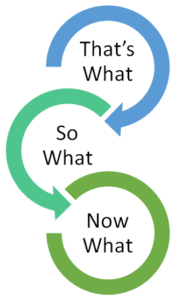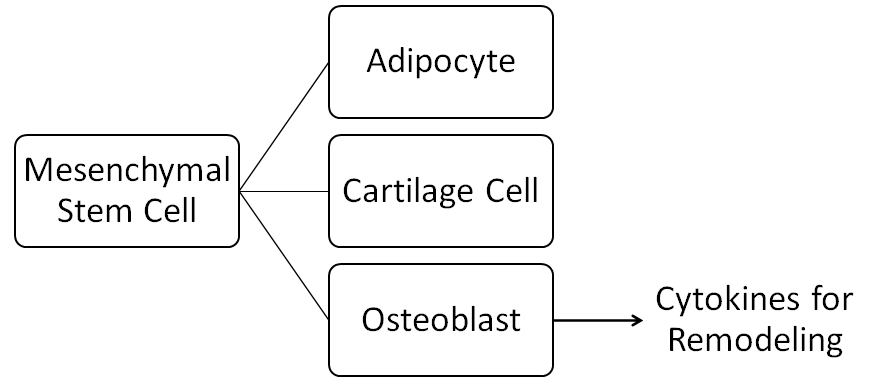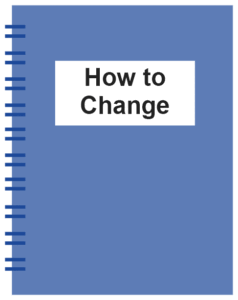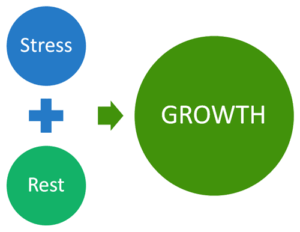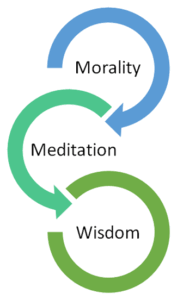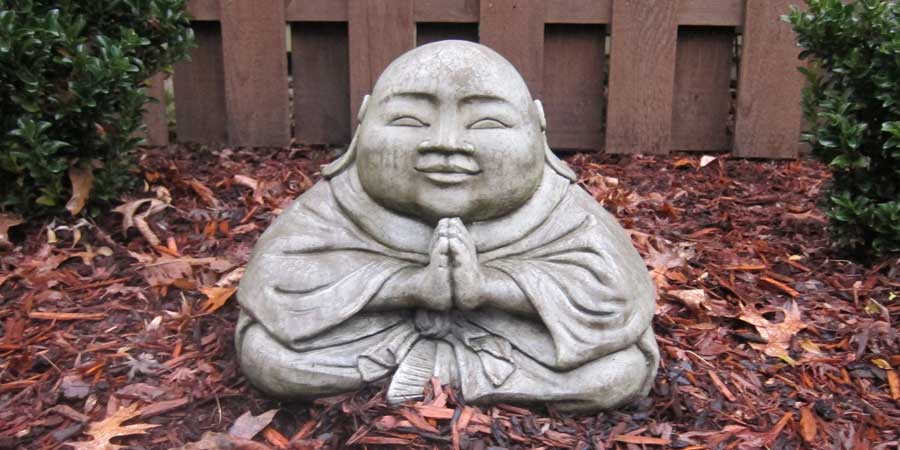My last post marked the second anniversary of COVID-19 quarantine with a discussion about adversity and resilience. I shared strategies for getting through a tough time, among them having support from family, friends, colleagues, and/or folks who share your experience.
 I’ve been blessed to have such a collective to weather challenges that have cropped up throughout my life. I’ve offered my shoulder to cry on plenty of times as well. Yet engaging deeply with others’ difficulties has often proven problematic. I wind up losing sleep, living with pain and sorrow for days, or feeling anxiety over what their future holds. When sharing a recent episode with a friend, she introduced me to Dr. Judith Orloff’s Empath’s Survival Guide: Life Strategies for Sensitive People.
I’ve been blessed to have such a collective to weather challenges that have cropped up throughout my life. I’ve offered my shoulder to cry on plenty of times as well. Yet engaging deeply with others’ difficulties has often proven problematic. I wind up losing sleep, living with pain and sorrow for days, or feeling anxiety over what their future holds. When sharing a recent episode with a friend, she introduced me to Dr. Judith Orloff’s Empath’s Survival Guide: Life Strategies for Sensitive People.
The human brain comes equipped with mirror neurons that fire when an individual performs an action and when the individual observes the same action performed by another. They play a critical role in learning and serve as an underpinning for empathy. An empath can be said to have a hyperreactive neurological system that readily absorbs the positive and negative energies, emotions, and/or physical symptoms that others transmit. They’re sensitive to body language, tone of voice, and other cues. They may lack filters to shield themselves from sensory input. When overstimulated, they may experience emotional burnout.
If you happen to be a deeply feeling person and don’t want to hide in a cave to protect yourself from emotional overload, Dr. Orloff offers several pieces of practical advice:
- Make it a habit of taking excellent care of yourself – eat well, exercise, breathe the fresh air, relax, meditate, sleep. Keep your “batteries” charged to full capacity.
- Learn to inhabit an imaginary shield to protect you from negativity. Perhaps visualize a white or pink light surrounding you from head to toe.
- Get grounded in nature – literally. Feel the earth beneath your feet. Imagine that you are a tree with roots that provide a firm anchor. If you cannot connect with Mother Nature in the moment, visualize the experience.
- Create a tranquil inner space that you can visit on a moment’s notice.
- If at peak physical or emotional capacity, pull back and unplug for a time. You cannot be present for others if you’re tapped out.
If you face a particularly toxic energy that cannot be avoided, Dr. Orloff serves up another collective of useful strategies:
- Ask yourself: Do these emotions belong to me or someone else? If the latter, return to sender.
- Step away from the source of negative energy – at least 20 feet – and limit further contact.
- Set boundaries without discussion or apology.
- Visualize cutting a cord between you and the source of your discontent.
- Plan alone time to regroup and rejuvenate. Consider taking a hot bath in Epson salt. It’s heaven!
- Spend time in nature – the real thing!
- Take a technology break. Life can do what life does while you’re off-line.
- Practice loving kindness meditation – for yourself and others.
- Get plenty of sleep; take power naps.
- Be fully present in your body. Notice what you’re feeling without judgment or recrimination. Remind yourself that it will pass.
- Breathe!

